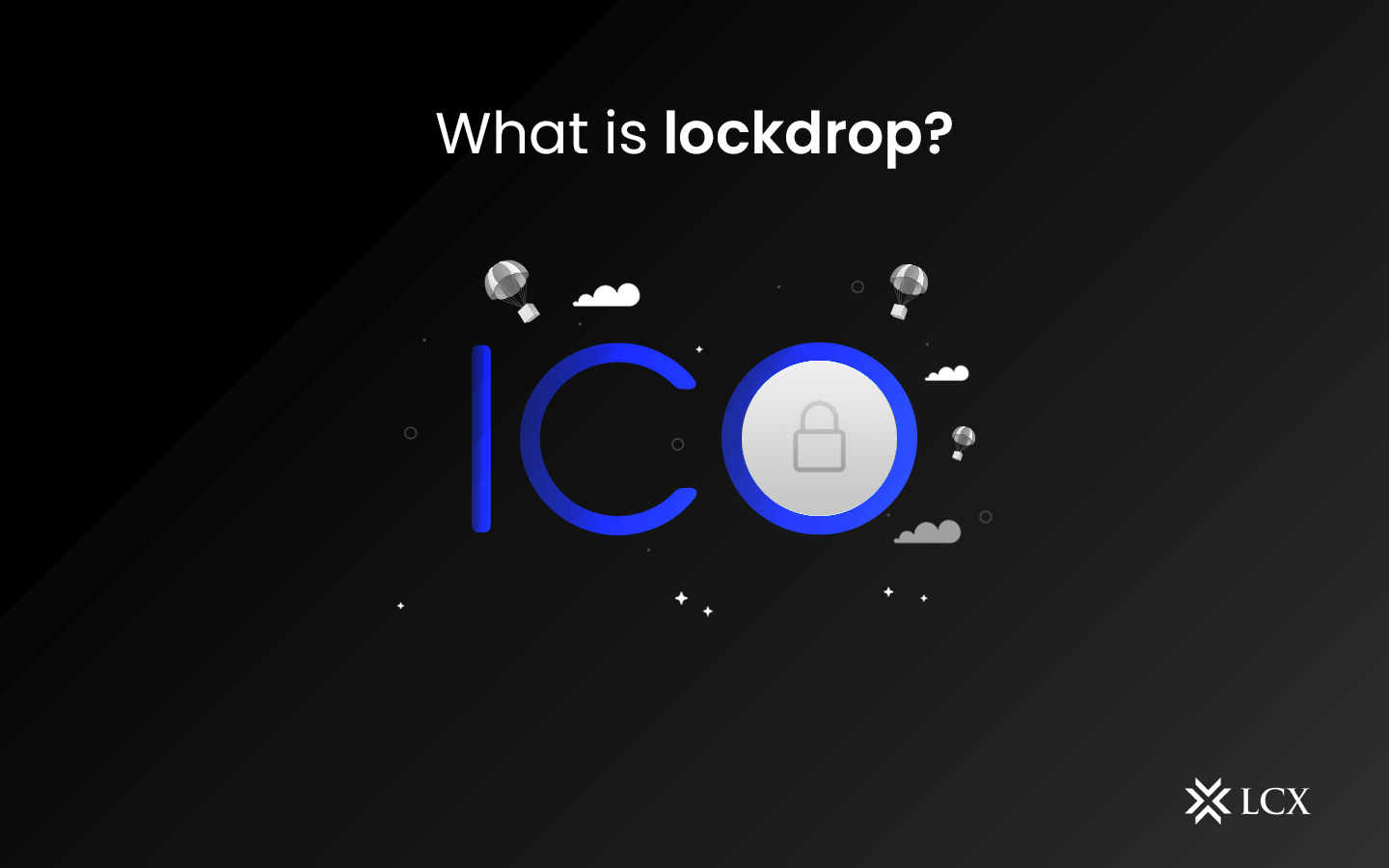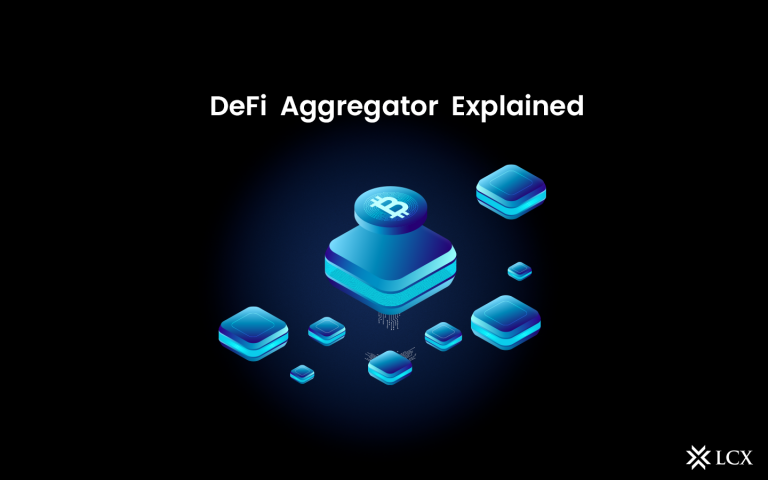What is Lockdrop?
The terms “airdrop” and “ICO” (Initial Coin Offerings) are probably familiar to all crypto aficionados. These phrases are used to distribute tokens to holders and participants and generate interest in the token among the crypto community. Lockdrop can now be regarded as an upgraded version of airdrop because it is also used to distribute tokens but does not require raising funds.
While an airdrop just sends free tokens to random people hoping that if enough people receive them, they will become engaged and project. To acquire free tokens in a lockdrop, users must make a small commitment. You stake one token for a set amount of time and then receive the remainder of the tokens as well as other tokens when they are released. Staking time varies depending on the token.
How Lockdrop Works:
When a lockdrop is introduced, the token holders of a particular network need to lock their tokens in a smart contract. To receive tokens from a new network, this must be done at a specific time. The participant will receive more tokens on the new network the longer the existing tokens are locked up inside the smart contract. Finally, at the conclusion of the period, the holder will receive their original tokens.
The History of Lockdrop:
Commonwealth Labs first introduced the concept of Lockdrop on their Edgeware network that ran on Polkadot Blockchain. In 2019, Edgeware’s lockdrop gave away almost 90% of its tokens by means of lockdrop. In comparison to ICOs or Airdrops, Raymond Zhong and Dillon Chen (founders of Edgware) believed Lockdrop would attract the correct type of experimenters.
How is lockdrop different from airdrop?
- Lockdrop is the upgraded version of airdrop with a non-monetary cost or an action required.
- In comparison to airdrop, lockdrop takes greater commitment from the user. An airdrop can be received simply for supporting a protocol, however a lockdrop requires you to stake your crypto with a new protocol beforehand, making it more committed.
- The airdrop’s most notable feature was the extensive marketing opportunities it afforded. It was originally intended to generate buzz among community members, but lockdrop is now being utilized to create an engaging community.
- Lockdrops promote commitment and stay for longer, whereas airdrops simply produce a brief buzz that fades shortly.
The main features of Lockdrop:
- It identifies the target audience or the most valuable individuals who will really utilize the token.
- Due to its permissionless and decentralized nature, it is a well-secured system.
- The tokens have the broadest distribution possible regardless of the situation of the market at any given time.
- Lockdrop has a strong candidate for being regulated, so one does not need to worry about it being shut down.
Future:
Lockdrop was a great success for Edgeware, with billions of dollars invested in the new Edgeware project. This demonstrates that the community is willing to invest their tokens in new ventures. However, no other projects have expressed interest in distributing their tokens in this manner. If lockdrop is successful in forming a varied community of stakeholders, it may be used again sometime. Crypto is a pioneering sector that thrives on new ideas and experiments. As a result, we can anticipate more such distribution methods in the future.









